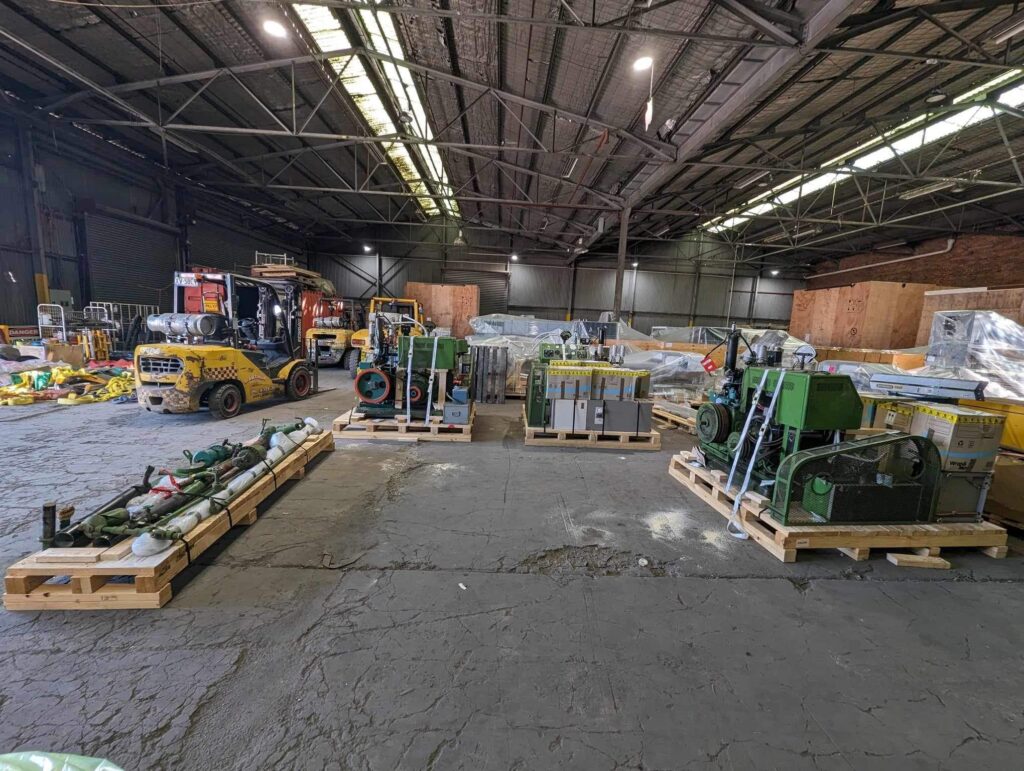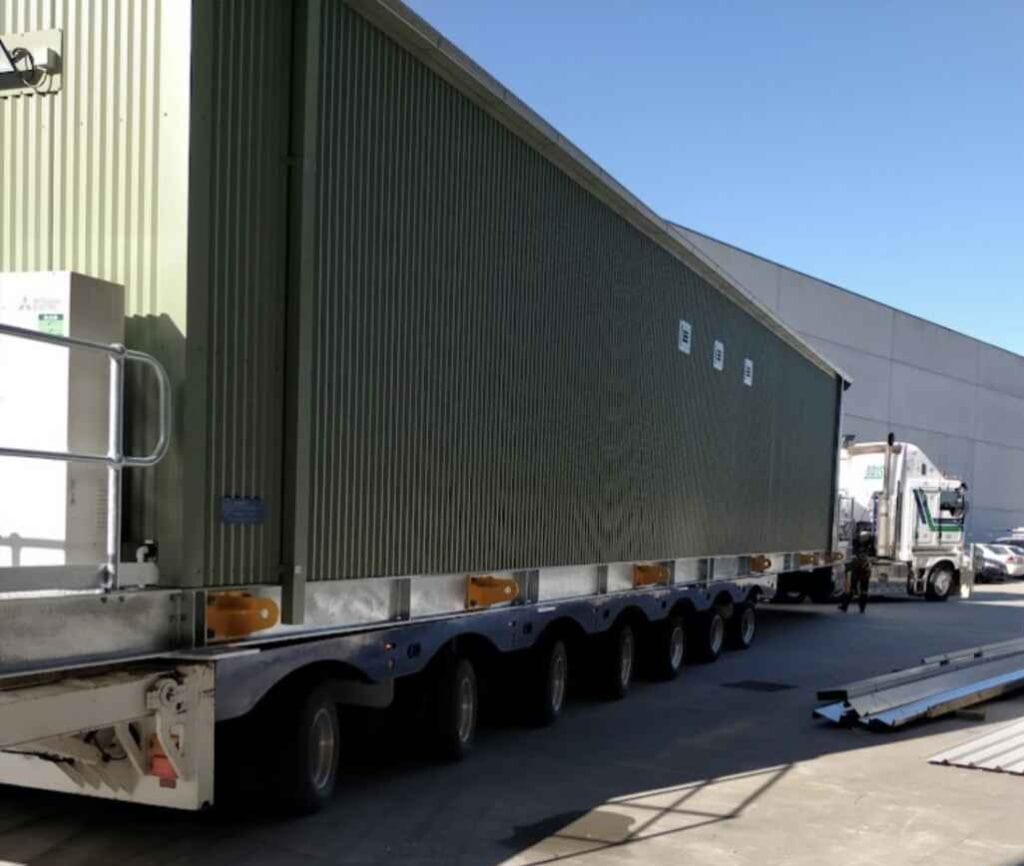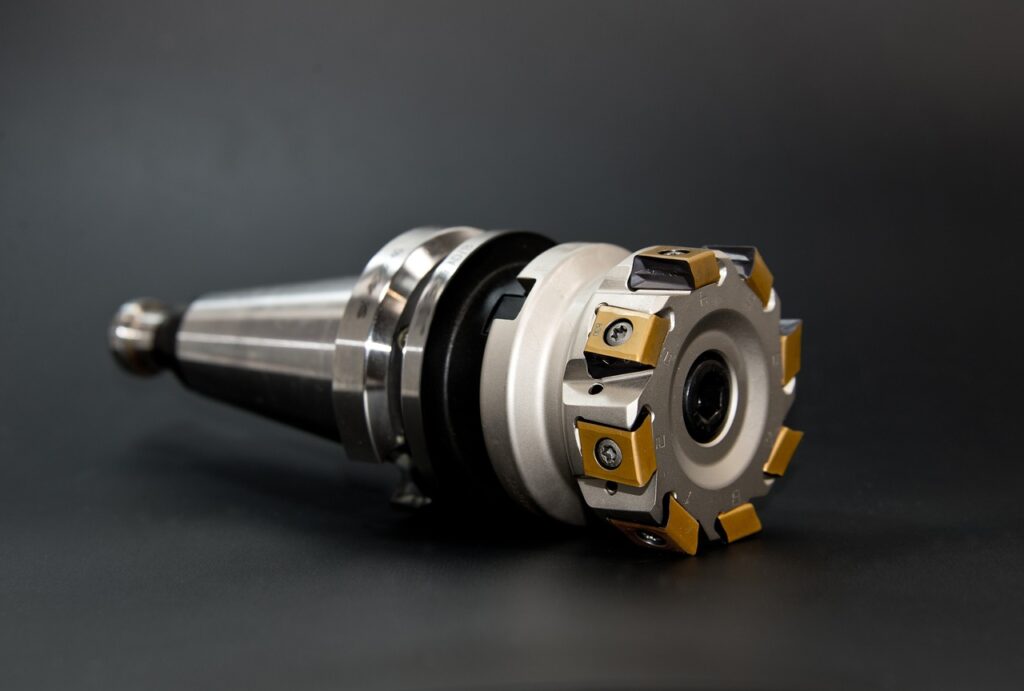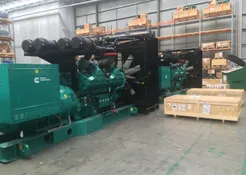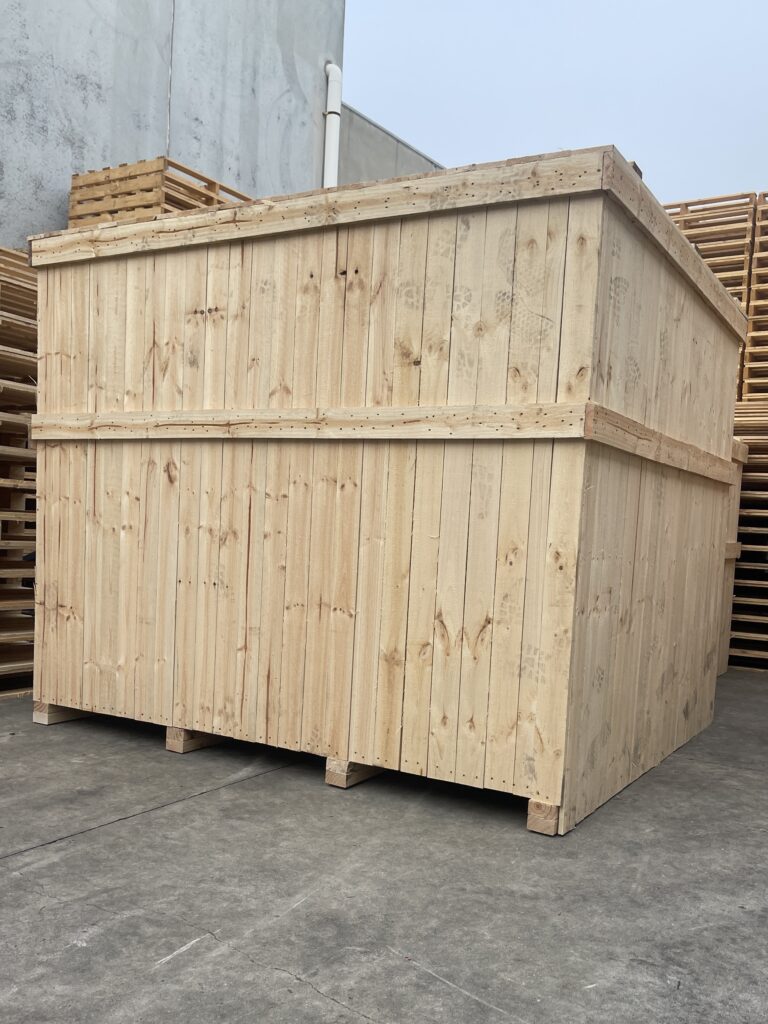The continuity of operations and bottom line are directly impacted by how well packing machinery inventory and spare parts are managed in the ever-changing world of manufacturing and production. It is crucial to have a well-organized inventory of packaging machines and replacement parts to ensure uninterrupted manufacturing operations and minimal downtime in order to get products ready for distribution and delivery.
This article explores the strategies and best practises for managing packaging machinery inventory and spare parts, including insights into inventory tracking, procurement techniques, and maintenance issues.
Having a reliable inventory monitoring system in place is a crucial part of effectively managing the stock of packaging machinery and its replacement parts. Businesses today can keep track of their equipment and spare parts with the help of contemporary inventory management software or systems.
The ability to see inventory levels in real time allows for more prompt decisions, more effective resource allocation, and less likelihood of stockouts and excess inventory. Every piece of machinery and spare part can have its current state recorded correctly and easily accessible with the help of barcode scanning, RFID technology, and automatic notifications.
One of the most important facets of good inventory management is the strategic acquisition of replacement parts. A consistent supply of high-quality replacement parts can be ensured through the cultivation of partnerships with dependable suppliers and manufacturers.
Critical spare parts are those that experience frequent wear and tear or are required for the proper functioning of a particular piece of packing machinery.
Keep a good stock of these items in case of any unanticipated repairs or upkeep. By restocking critical components on demand, a JIT procurement approach can minimise stockpiles without sacrificing availability, hence maximising efficiency.
The success of inventory and spare parts management for packaging machinery relies heavily on attention to maintenance needs. Predictive and preventative maintenance practises, together with regular maintenance schedules, can extend the life of machinery and reduce the need for frequent replacement of individual parts. In order to make informed choices about stock levels and purchasing policies in the future, it is important to keep track of maintenance logs, historical data, and documentation of repairs and replacements. Having a maintenance crew that is capable of troubleshooting, diagnosing, and fixing problems is also important for minimising downtime and maximising the useful life of machines and replacement parts.
What Is Spare Part Inventory?
An inventory of spare parts is kept so that repairmen always have something on hand to swap out worn or broken components. Spare supplies of belts, motors, gears, and lubricants are kept on hand in factories in the event of an equipment breakdown; this allows for rapid repairs that might otherwise take hours, days, or even weeks.
But even consumables like toner cartridges, batteries, and bulbs might be considered spare parts. Stockrooms are often maintained on-site by maintenance or general operations departments in order to keep spare parts.
One potential point of uncertainty needs to be cleared out before we proceed: are stock components and spare parts the same thing? No, not quite.
The Difference between a Spare Part and a Stock Part
A machine's spare component is one that has been set aside in case of breakdown or other unexpected need. Notably, spare parts are only used in the maintenance and repair processes within enterprises.
Stock components are those that are always on hand to make more of the goods you sell. In other words, inventory components are ultimately used to ship out finished goods.
Parts in stock can comprise anything from product components to PPE to packaging materials to office supplies. In contrast to stock components, which are independent of maintenance activities, spare parts are dependent on anticipated production levels.
Benefits of Spare Parts Inventory
It's common to feel caught between wanting to cut costs wherever possible while yet wanting to maintain a healthy supply of stock.
It is not uncommon for maintenance managers to go against their better judgement and maintain inventory levels low across the board when under pressure from senior management to enhance bottom lines. However, there are several reasons why you shouldn't do it.
Equipment breakdown, missed production quotas, expensive rush orders, and dissatisfied clients are just some of the ways in which a lack of spare parts can result in a loss of profit. In contrast, if you stick to the standards for inventory management, you'll reap many advantages.
Fast Action in Case of Repair Emergencies: Unexpected downtime occurs regardless of how thorough a manager's preventive maintenance (PM) programme is. This is why it's so important for businesses to keep a steady supply of spare parts for their most vital equipment. "Critical equipment" refers to any asset that is crucial to production goals, costly to replace, or necessary for safety. Fewer financial losses will result from downtime if experts can restore functionality quickly.
Controlling the supply of spare parts is essential if you want to boost wrench time statistics and your department's general efficiency, two metrics that can be used in performance evaluations. When necessary replacement parts are on hand, employees are less likely to be waiting around, which can lead to more accurate estimates of wrench time.
Save Money on Maintenance: When anything you own breaks, do you ever "patch it"? You were basically pressured into making a sloppy repair, with the expectation that you'd be given another task shortly to make the necessary improvements to the item in question. To "do it right" the first time and avoid repeating the process for a long time, adequate supplies are necessary.
Although it is easy to overstock a warehouse, efficient spare parts management aids teams in keeping costs down. It has already been established how disastrous downtime can be for factories. Spares for your facility's most important bill of materials can prevent production delays, worker downtime, and hasty deliveries of specialised parts.
Improved equipment uptime, greater visibility of parts, and a more reputable brand are three further advantages of stocking spares. Next, we'll go over some best practises for maintaining a functional spare parts inventory management system.
Tips for Managing and Optimizing Spare Parts Inventory
Keeping track of spare components can add an extra layer of complexity to inventory management. Some industries, such as auto body shops, construction firms, and factories, simply cannot function without a steady supply of necessary replacement components.
Companies that keep a lot of components on hand absolutely need a well-oiled spare parts inventory management system. In this article, you'll learn six tried-and-true methods for managing your business's inventory of moving parts.
Organize and tag every spare part
Simple organisation is the first step towards a spare parts inventory system that works for you.
To get started, you need physically organise the entire storage area. Put things where they go, and label containers and shelves. Your entire system of warehouses, shelves, stockrooms, and storage units should be examined to guarantee the most efficient and effective inventory management practises.
When you've got your storage area in order, it's time to put labels on everything. Automating this task with inventory management software will save you a tonne of effort, time, and money. Apps like Sortly allow you to create barcode and QR code labels and connect them to relevant inventory information.
Create a robust inventory list
Even if your company uses barcodes or QR codes to track its stock, you still need a comprehensive inventory list. If you keep a large supply of spares on hand, you might also wish to save some items that are purchased only when they are needed. That way, it won't be difficult for anyone on your team to look for them and see whether there are any leftovers from the project.
Using inventory management software, you can generate or sync barcodes and QR codes while compiling your stocktake. Sortly is a useful programme for inventory management since it allows you to simply organise your items by name, serial number, stock keeping unit (SKU), colour, location, value, and price, as well as any custom data you may need to keep track of.
Furthermore, the best inventory management software allows for simple tracking of spare parts in dispersed storage areas, such as business vehicles, locked closets, or remote warehouses.
You still need to keep an up-to-date inventory list of your spare parts even if you're not using a barcode inventory system. Manually or with a spreadsheet inventory management system, of course.
This report is useful for inventory audits and year-end stock takes, regardless of the method used to manage the inventory list.
Get a handle on your reordering process

Once you have your stock sorted, barcoded, and listed, you can shift your attention to the logistics of ordering replacement components and from whom. Improving supplier connections and avoiding pricey shortages and stockouts are just two of the many benefits that can accrue from revisiting and optimising your reordering process can bring to your inventory management strategy.
Determine the bare minimum of a specific spare item that must be kept in stock, taking into account safety stock and lead time, for foolproof inventory control. The result of this calculation is your reorder point, or the point at which you need to place an order to replenish stock.
As soon as you've settled on that minimum amount, you should revise your stock list. In order to be warned when stock of specific parts drops below a certain threshold, you can use inventory management software like Sortly to set a customised alert.
Maintain accurate bills of materials
A bill of materials is a detailed inventory of every raw ingredient, component, and part that goes into making a product. A bill of materials (BOM) will also detail the quantity needed of each component, as well as any ancillary materials (such instructions and packaging) that must accompany the final product.
Updating bills of materials (BOMs) regularly is a crucial best practise for spare parts inventory management. That way, you can always count on having the necessary production spares on hand.
Attaching a bill of materials to a product profile in inventory management software increases transparency and accessibility for everyone involved. Otherwise, you should keep them in a convenient location that is easy to find.
Forecast demand accurately
By accurately estimating future demand, your company may stock up on adequate replacement components to meet the demands of its customers. In order to avoid costly slowdowns, dissatisfied clients, and a tarnished reputation, it is important to anticipate periods of high demand and keep track of where your spare parts are located.
While accurate demand forecasting is important for all businesses, it is especially crucial for manufacturers like yours, where the loss of even a single component could have a snowball effect on production.
Get employees trained on your inventory management system
What is the gold standard for effective spare parts management? Full and efficient training of the staff who will be responsible for keeping records. What useful is an inventory management system if staff members rarely or never utilise it?
Selecting an inventory management system that is easy to use, flexible, and adaptable will yield the best results. Train all employees who will be using the system once you've decided on the best approach for your business. Post SOPs in an easily accessible location, and provide training opportunities like workshops and refresher courses as needed.
Conclusion
It talks about strategies and best practices for handling these things, such as how to keep track of inventory, how to buy them, and how to keep them in good shape.
For efficient inventory management, a business needs a reliable inventory monitoring system that lets them keep track of their equipment and spare parts in real time. To keep a steady supply of high-quality parts, it is important to buy new parts in a smart way.
Inventory and spare parts handling must also take into account what needs to be done for maintenance. With regular plans and practises for predictive and preventative maintenance, machines can last longer and need to be replaced less often. Keeping track of maintenance logs, past data, and records of repairs and replacements can help you make smart choices about stock levels and buying policies.
Spare parts are important to have on hand so that repairs can be made quickly in case of an emergency. This helps prevent financial losses from unexpected downtime. Controlling the supply of spare parts can improve wrench time data and the efficiency of a department, which can lead to more accurate wrench time estimates. Stocking spares also saves money on maintenance because it stops production delays, worker downtime, and rushed supplies of specialised parts.
It is important to have good inventory management and spare parts inventory management in order to keep a good supply of equipment and spare parts and make sure that activities run smoothly with little downtime.
Spare parts inventory management is important for shops that fix cars, building companies, and factories that need to keep a steady supply of replacement parts.
Content Summary
- The management of packaging machinery inventory and spare parts directly impacts a company's operational continuity and bottom line.
- A well-organised inventory is crucial for ensuring uninterrupted manufacturing operations and minimal downtime.
- Businesses can utilise contemporary inventory management software for effective tracking of machinery and spare parts.
- Real-time inventory levels allow for more prompt decisions and efficient resource allocation.
- Stockouts and excess inventory can be minimised with real-time monitoring.
- Barcode scanning, RFID technology, and automatic notifications facilitate accurate inventory state recording.
- Strategic acquisition of replacement parts is a vital component of effective inventory management.
- Forming partnerships with reliable suppliers ensures a consistent supply of high-quality replacement parts.
- Critical spare parts, prone to frequent wear and tear, should be stocked adequately for emergency repairs.
- A Just-In-Time (JIT) procurement approach helps in efficient restocking of critical components.
- The importance of attention to maintenance needs in managing inventory and spare parts is highlighted.
- Predictive and preventative maintenance can extend the lifespan of machinery.
- Regular maintenance schedules help reduce the need for frequent part replacements.
- Maintenance logs, historical data, and repair documentation should be meticulously tracked.
- A competent maintenance crew is essential for minimising downtime.
- Spare part inventories allow for quick swaps of worn or broken components, reducing downtime.
- Even consumables like toner and batteries can be considered as spare parts.
- Stockrooms are often maintained by maintenance or general operations departments.
- Spare parts are distinct from stock components, being used exclusively for maintenance and repair.
- Stock components are used for producing finished goods and are independent of maintenance activities.
- Spare parts are dependent on anticipated production levels.
- A lack of spare parts can lead to equipment breakdown and missed production quotas.
- Low inventory levels can also result in expensive rush orders and dissatisfied clients.
- Keeping a steady supply of spare parts for critical equipment minimises financial losses from downtime.
- Efficient spare parts management boosts wrench time statistics and overall departmental efficiency.
- Adequate supplies enable maintenance teams to "do it right" the first time, avoiding repeat repairs.
- Efficient management helps control inventory costs.
- Spares prevent production delays, worker downtime, and rushed deliveries of specialised parts.
- Additional benefits include improved equipment uptime, greater visibility of parts, and enhanced brand reputation.
- A well-organised storage area is the first step towards effective spare parts inventory management.
- Labelling containers and shelves enhances organisation.
- Inventory management software like Sortly can automate the labelling process.
- A comprehensive inventory list is still needed, even with barcode or QR code systems.
- Inventory management software allows easy organisation and tracking of items.
- A thorough list aids in inventory audits and year-end stock takes.
- Effective reordering processes can help avoid expensive shortages and stockouts.
- Setting reorder points based on safety stock and lead times aids in foolproof inventory control.
- Inventory software can alert you when stock levels dip below the set reorder point.
- Accurate bills of materials (BOMs) need to be regularly updated.
- Attaching a BOM to a product profile in inventory software increases transparency.
- Accurate demand forecasting is crucial for stocking adequate replacement parts.
- Forecasting is especially vital for manufacturers, where a single missing component could disrupt production.
- Effective spare parts management requires thorough staff training.
- Inventory systems should be easy to use, flexible, and adaptable for best results.
- Training materials like Standard Operating Procedures (SOPs) should be easily accessible.
- Refresher courses and workshops can help keep staff updated on the inventory management system.
- Spare parts management adds an extra layer of complexity to inventory management in certain industries.
- Keeping track of dispersed storage areas, like business vehicles or remote warehouses, is important.
- Businesses under pressure to cut costs should not compromise on maintaining a healthy spare parts inventory.
Frequently Asked Questions
Spare part inventory refers to a list of stock items maintenance technicians use to replace failed equipment parts. Manufacturing facilities keep spare part supplies—like belts, motors, gears, and grease—on hand so they can fix equipment failures without needing to order and then wait for a part to be delivered.
aving the right spare parts on hand can help minimize equipment downtime and increase overall productivity. Improved Customer Satisfaction: By having the necessary spare parts available, businesses can better serve their customers and meet their needs.
Four major inventory management methods include just-in-time management (JIT), materials requirement planning (MRP), economic order quantity (EOQ) , and days sales of inventory (DSI). There are pros and cons to each of the methods, reviewed below.
Having maintenance spare parts inventory management is crucial if you want to be able to accurately monitor the movement of your spare parts. This is especially important if these parts move around your organization often. Manually tracking in these situations is challenging.
The aim of spare parts inventory management is to make available to maintenance, the right spare part, at the right place, at the right time, in the right quantity, at the right price, and at the lowest total cost to the enterprise.




